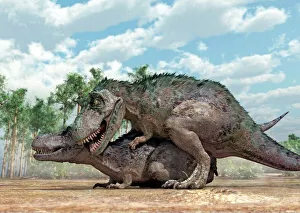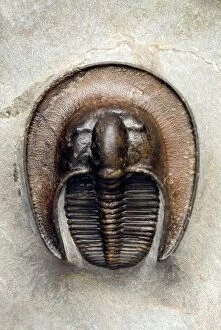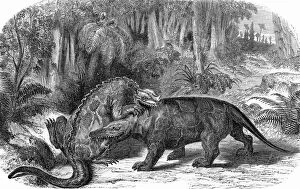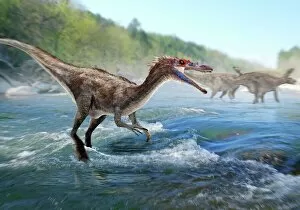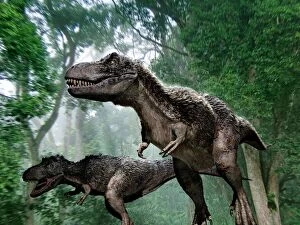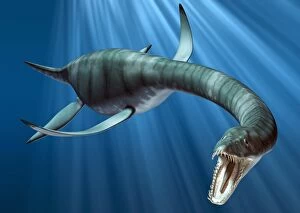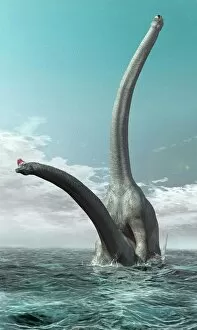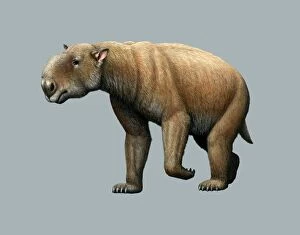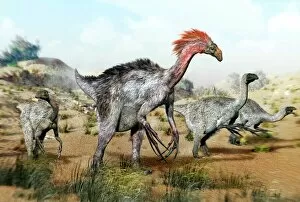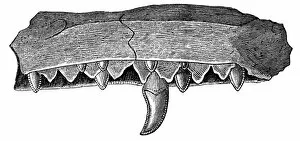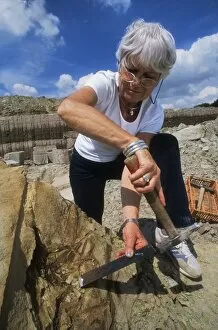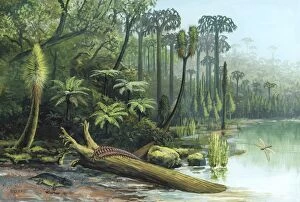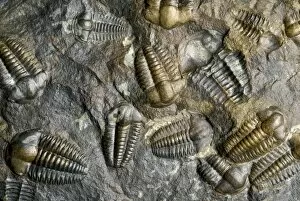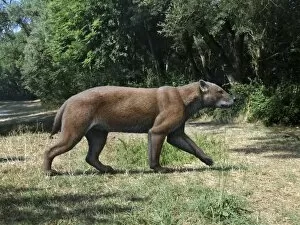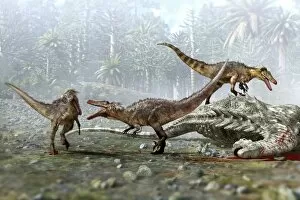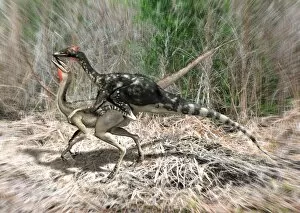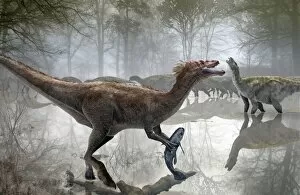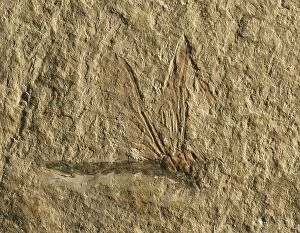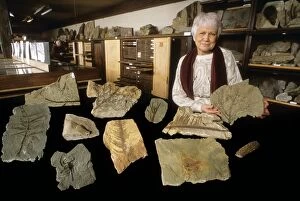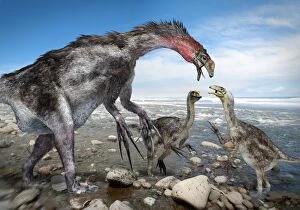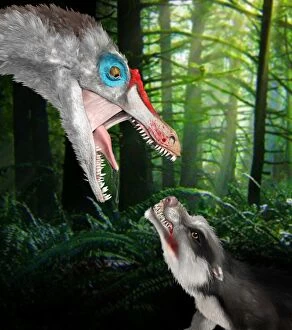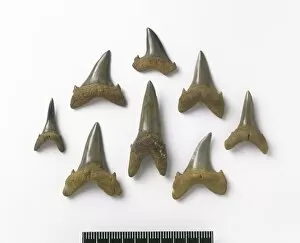Palaeozoological Collection
"Unveiling the Ancient World: A Glimpse into Palaeozoological Marvels" Witnessing the primal dance of love
For sale as Licensed Images
Choose your image, Select your licence and Download the media
"Unveiling the Ancient World: A Glimpse into Palaeozoological Marvels" Witnessing the primal dance of love, as Tyrannosaurus rex dinosaurs engage in a majestic mating ritual that echoes through time. Delicate and intricate, a trilobite fossil reveals secrets from an era long gone, offering us a glimpse into the enigmatic world beneath our feet. Immerse yourself in breathtaking artwork depicting Iguanodon and Megalosaurus roaming ancient landscapes, bringing their prehistoric existence to life. Meet Baryonyx - a fearsome predator with its distinctive clawed hands that ruled the waters during the Mesozoic era, leaving behind awe-inspiring fossils for us to discover. Comparisons are drawn between cerapod dinosaurs and modern-day rhinos, showcasing nature's evolutionary wonders across millions of years. Behold Sauroposeidon - towering giants intertwining their colossal bodies in an act of courtship that defies imagination; witness their timeless romance frozen in stone. Step back in time through mesmerizing artwork capturing the grandeur of a prehistoric giant wombat – an extinct marsupial whose size would dwarf any creature today. Encounter Therizinosaurus - armed with enormous claws resembling scythes – these herbivorous dinosaurs challenge our perceptions of what it means to be formidable. The iconic Tyrannosaurus rex commands attention once again as we delve deeper into its fascinating history; uncovering mysteries shrouded by time's veil. Explore 19th-century artwork featuring a Megalosaurus jaw – an early discovery that sparked curiosity about Earth's ancient inhabitants among pioneering minds like Lea Grauvogel-Stamm, palaeontologist extraordinaire. Cretaceous Brazil comes alive through vivid scenes depicting prehistoric marvels coexisting harmoniously, reminding us of the incredible diversity that once thrived on our planet.

